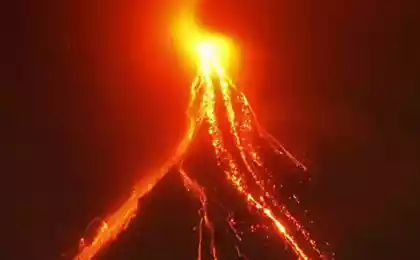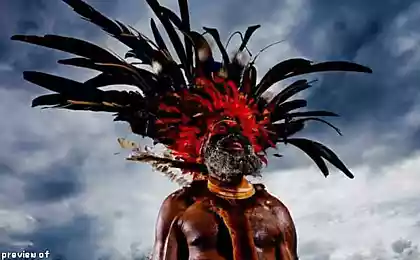516
December 22 - interesting facts that You didn't know about the winter solstice

December 22, 2014 at 03 hours 03 minutes Moscow time the Sun maximum will fall in the southern hemisphere of the sky that is moving along the Ecliptic, reaches its lowest declination – 23 degrees 26,457 minutes (in the constellation Sagittarius) and then comes the astronomical winter.
At the latitude of Moscow, the Sun rises above the horizon to a height of less than 11 degrees. At other latitudes the height of the maximum height of the Sun above the horizon can be calculated according to the formula: Sun altitude = 90 — (latitude points + 23,5). During the winter solstice in the Northern hemisphere the Sun is less likely remains on the horizon. 21 and 22 December – the shortest day of the year. From 21 to 22 December — the longest night.
Day length at the latitude of Moscow reaches only 6 hours 56 minutes. At this time, the inhabitants of Central and Northern strip of Russia has the longest artificial lighting almost all day. But this fact favors the night observations, when the night is longer and only the sky remains dark more than half a day. This is the most favorable period for observation of various celestial objects of the night sky, but the winter cold and often inclement weather (in Central Russia) do not allow for full observation.
During winter solstice the Sun above the latitude of 66.5 degrees generally does not rise, and the night lasts all day. Only twilight in these latitudes suggests that the Sun somewhere below the horizon in mid-twilight segment.
At the North pole of the Earth is not visible not only the Sun but of twilight, so the Sun direction can be found only through the constellations. From the North pole, it will be seen below, in the direction of the constellation Hercules. On December 21 the Sun crosses the Meridian of 18 hours and begins to climb up the Ecliptic, starting the path to the spring equinox, when it crosses the celestial equator.
The winter solstice occupies an important place in the culture since, at least since the Neolithic.
This is believed to prove the preserved archeological monuments, such as Stonehenge in England and Newgrange in Ireland. The main axis of both structures indicates the point of sunrise (Newgrange) or sunset (Stonehenge) sun in the winter solstice.
Ancient Slavs also celebrated the days of solstice and equinox. These days (two solstices and two equinoxes, Carol, Easter, Midsummer and Ovsen', Tausen') served as a point of reference for the agriculture, construction, and other vital to society.
These days, besides the exact dates have still my week (RUSAL, Carols, etc.).
Source: www.astrogalaxy.ru/912.html
The secret recipe that will help you lose weight quickly and without harm to health
19 wonderful things, which we learn from consciousness























